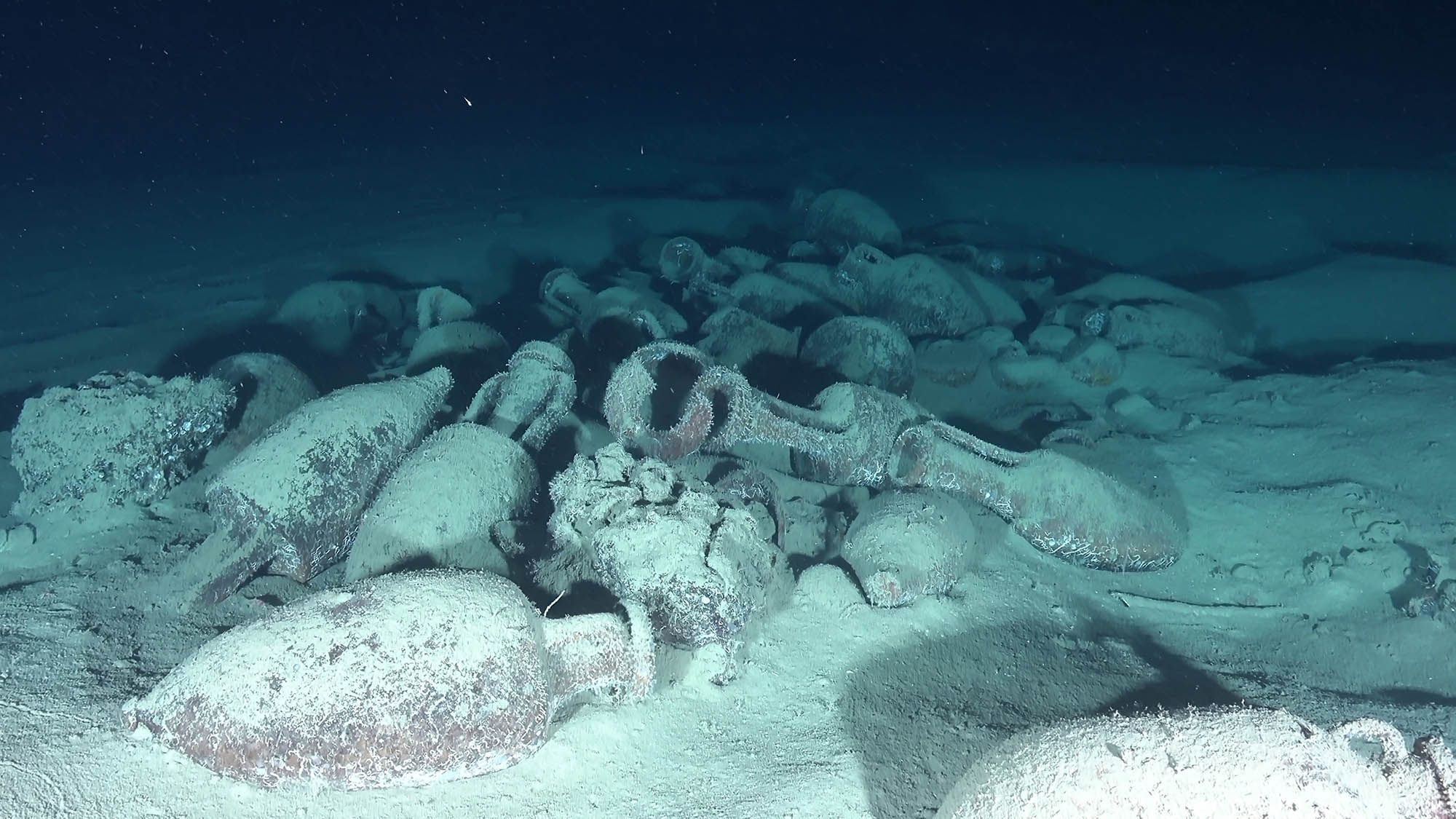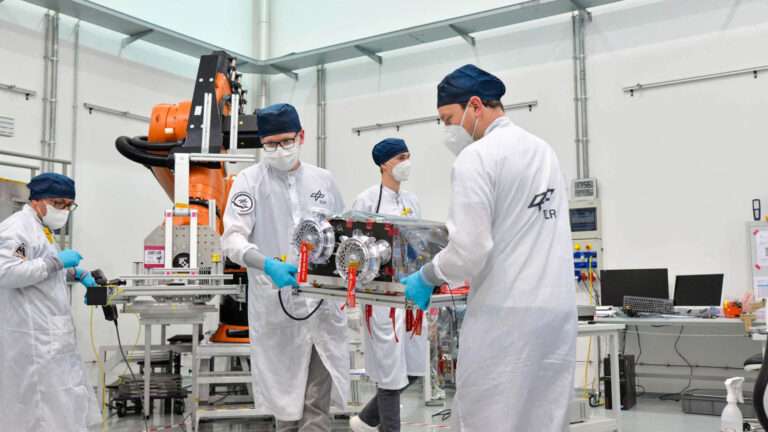These remarkable underwater snaps show a treasure trove of shipwrecked Roman-era remains that ended up at the bottom of the Mediterranean.
The astonishingly well-preserved finds are understood to come from cargo ships that sunk fully loaded.
UNESCO recently spent a fortnight exploring three Roman-era shipwrecks in the Skerki Bank and Sicilian Channel off Tunisia and Italy respectively.
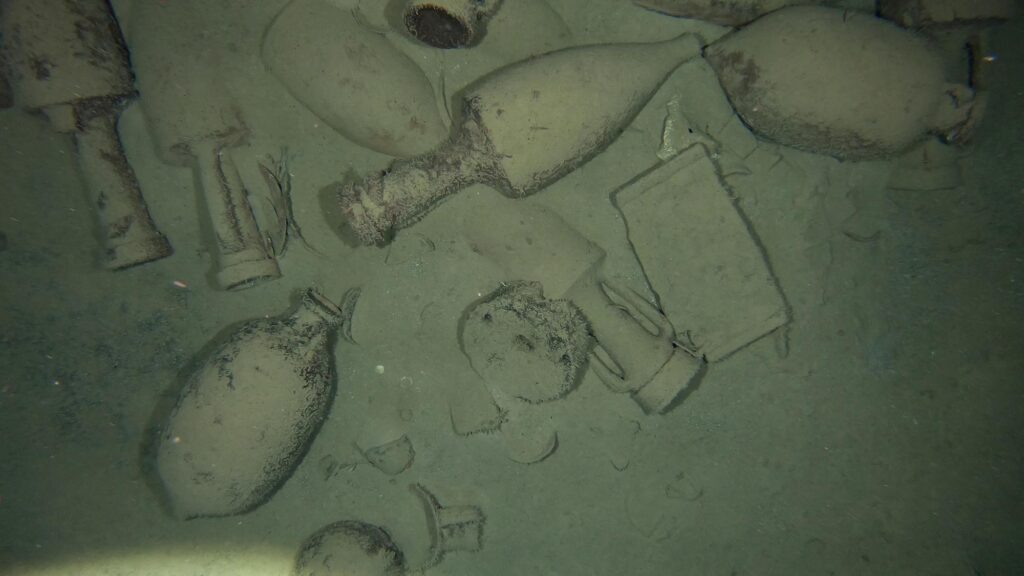
(Vincent Creuze ROV Drassm/Newsflash)
The archaeological mission was successfully completed on 3rd September. These snaps show what look like remarkably intact amphorae strewn across the sea bed.
An international team has now modelled the wrecks and improved mapping of the area with the goal of protecting underwater cultural heritage.
In a statement obtained by Newsflash, UNESCO Director-General Audrey Azoulay said: “This mission is the result of unprecedented international cooperation. I thank the eight Mediterranean Member States that worked together to organize and conduct scientific research, under the coordination of UNESCO, based on our 2001 Convention on the Protection of the Underwater Cultural Heritage.”
The statement continued: “Researchers from Algeria, Croatia, Egypt, France, Italy, Morocco, Spain and Tunisia collaborated for this mission. It took place over 14 days, aboard the French scientific vessel, The Alfred Merlin, in international waters, on the Italian continental shelf, under the coordination of Italy, and then on the Tunisian continental shelf under the coordination of Tunisia.”
Azoulay said: “It concludes with signifiant advances, in particular, high resolution documentation of shipwrecks from the Roman period to the 19th century. This confirms that the Skerki Bank is of the greatest interest for the underwater cultural heritage in the world.”
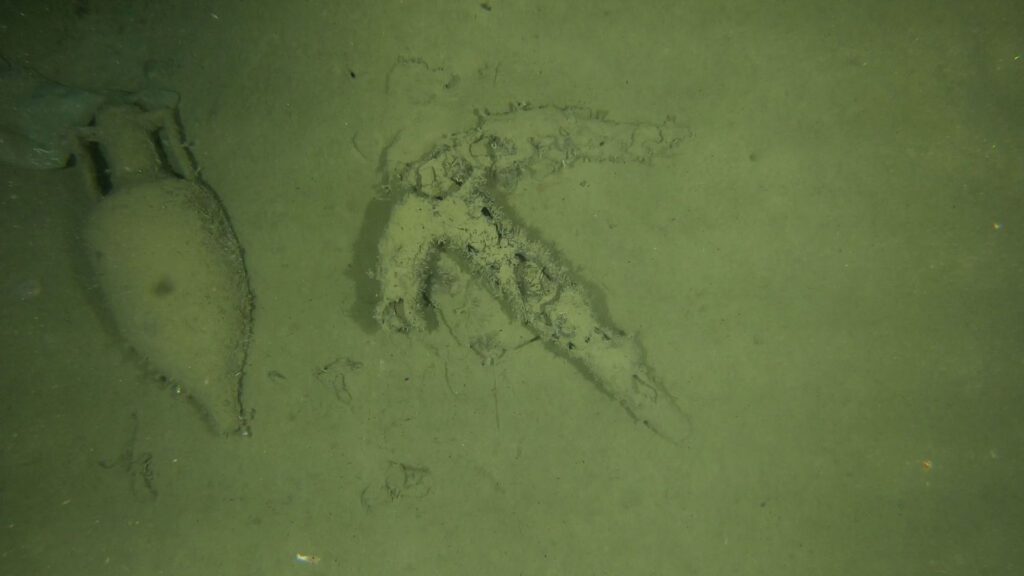
(Vincent Creuze/Newsflash)
The statement continued: “The archaeologists led a survey using two different robots, or, Remotely Operated Vehicles, adapting to the geographical and morphological submerged areas. The robot Arthur, designed especially for archaeological surveys in deep waters, was used to document shipwrecks on the Italian continental shelf.
“Arthur documented 3 roman shipwrecks discovered by the American expeditions (Ballard-McCann) in the 1990s. Archaeologists were happy to find that the state of conservation of these shipwrecks and artefacts is almost the same as it was nearly 30 years ago; they have not been impacted by sedimentation, bioerosion or human activities (fishing nets, etc.).
“The new data collected allows for higher resolution photos and videos that help to characterize and date the ships’ cargo. Documenting these sites, has uncovered substantial new evidence.”
The statement went on: “On the Tunisian continental shelf, the archaeologists used the robot Hilarion to verify and document the targets of the newly mapped area. The seabed was also explored with multibeam sonar to give more information about this area, which is unknown and dangerous for navigation, and on the potential location of other archaeological remains.
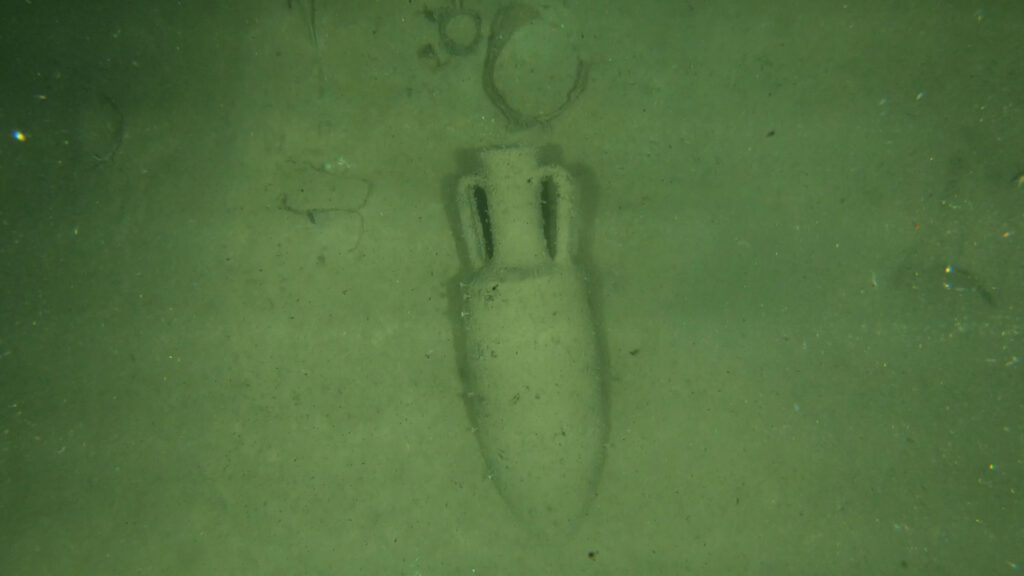
(Vincent Creuze/Newsflash)
“The area around the Keith Reef was scanned for the first time in order to produce a detailed map showing the traces of underwater cultural heritage. This allowed the scientific and technical team to document 3 new shipwrecks dating from the Ancient to the Modern period (C19th), as well as several other areas of archaeological interest.”
The statement ended: “This Autumn, the archaeologists will meet at UNESCO to unveil their preliminary findings. A full, detailed report will be presented at a later date. This is the first step in a lasting relationship of multilateral cooperation in the Mediterranean.
“The archaeologists plan to process the photogrammetry of the revisited wrecks located on the Italian continental shelf, using the video taken by the robots and recommend continuing the mapping of the Skerki Bank area on the Tunisian continental shelf. They also want to organize several activities such as a scientific conference, follow-up missions and a reflection on the protection of these sites.
“This multilateral mission is both an opportunity and an example to be shared with other countries as a best practice for the study, protection and promotion of underwater cultural heritage in international waters.”
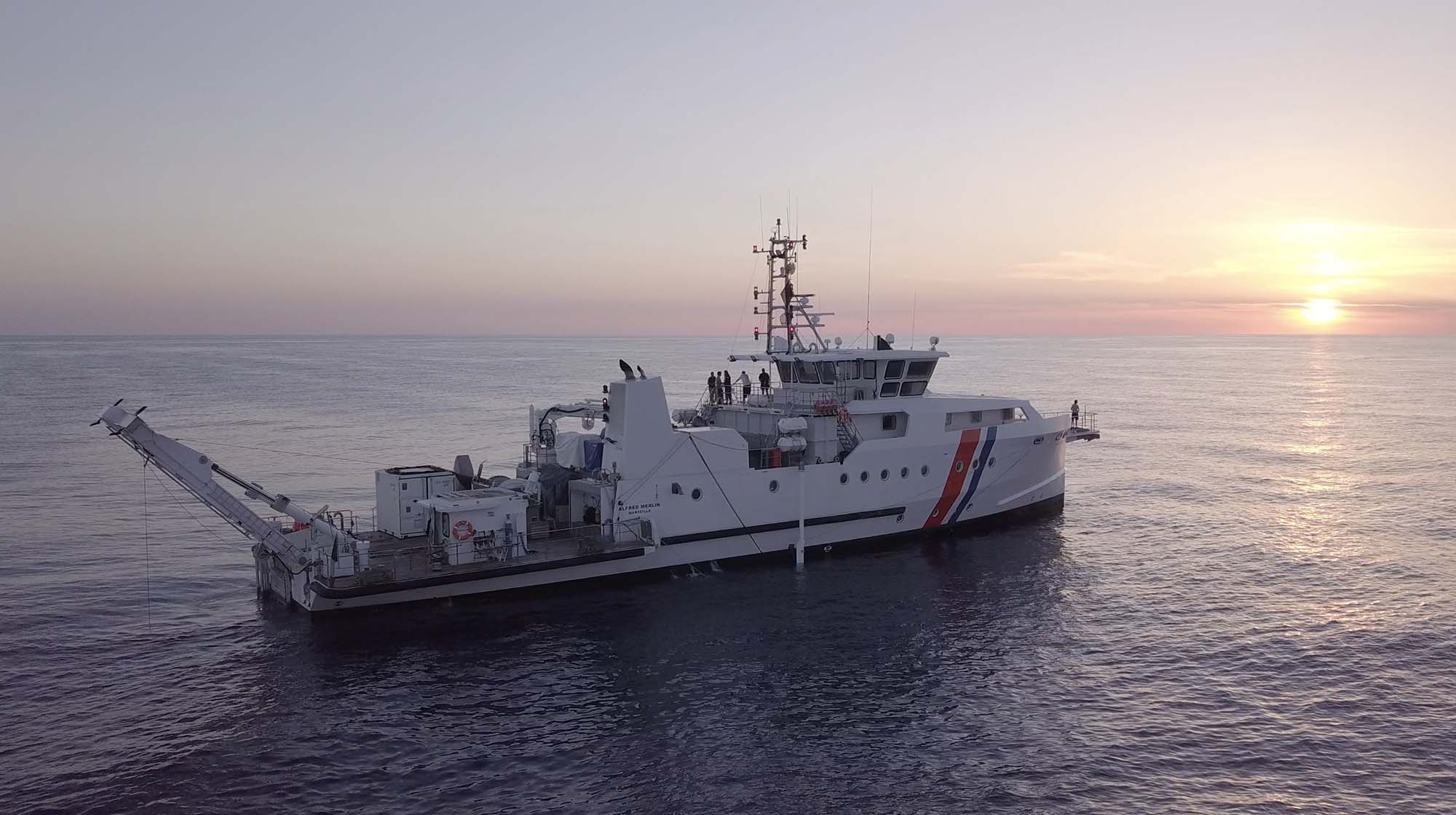
(M. Pradinaud/Newsflash)
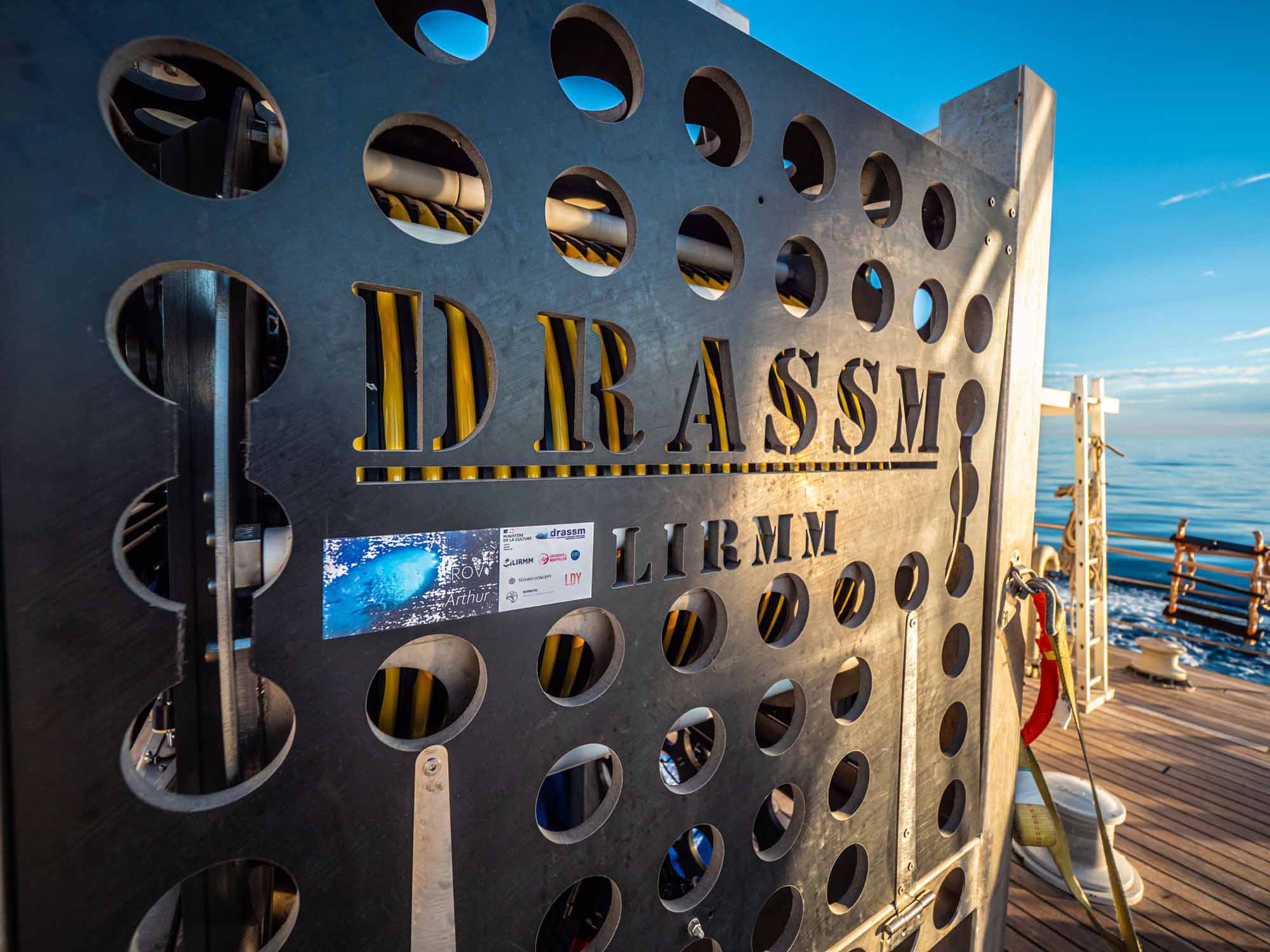
(Manuel ANO – ProdAqua/Newsflash)
To find out more about the author, editor or agency that supplied this story – please click below.
Story By: William McGee, Sub-Editor: Michael Leidig, Agency: Newsflash
The Ananova page is created by and dedicated to professional, independent freelance journalists. It is a place for us to showcase our work. When our news is sold to our media partners, we will include the link here.

